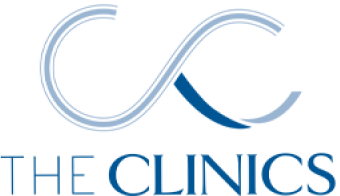
Diastasi Recti: Causes Symptoms And Treatment
What is Diastasis Recti?
Diastasis Recti is a midline separation of the rectus abdominis muscles, often described as a “gap” in the core. It occurs when the connective tissue (linea alba) between the two muscles becomes overstretched or weakened, causing a bulge or pooch in the abdominal area.
This condition is commonly referred to as abdominis muscle separation, and while it’s a natural occurrence during pregnancy, it may not always heal on its own.
Common Causes of Diastasis Recti
- Pregnancy
The most common cause among women. The growing uterus stretches the abdominal wall, often leading to muscle separation. - Multiple Pregnancies
Women with twins or multiple pregnancies are more prone to abdominal muscle separation due to repeated stretching. - Heavy Lifting or Core Strain
Intense workouts, weightlifting, or improper exercise techniques can increase intra-abdominal pressure and lead to separation. - Rapid Weight Gain
Excess fat around the midsection can stretch and weaken the connective tissues. - Obesity or Abdominal Obesity
Similar to pregnancy, obesity puts continuous strain on the abdominal wall, increasing the risk of Diastasis Recti. - Genetics
Some individuals are genetically more prone to weak connective tissue.
Symptoms of Diastasis Recti
If you suspect abdominis muscle separation, look out for the following signs:
- Visible Bulge or Ridge in the Midsection
Especially noticeable when you sit up or strain your abdomen. - Weakened Core Strength
You may feel less control or strength in your abdominal area. - Lower Back Pain
A weak core puts more strain on the back, leading to discomfort. - Poor Posture
The lack of abdominal support may cause slouching or pelvic tilting. - Digestive Issues or Bloating
A weak core can affect internal organ support and digestion. - Pelvic Floor Dysfunction
This may include incontinence, especially post-pregnancy.
What are Non-Surgical Treatment Options For Diastasis Recti
- Physical Therapy & Core Rehabilitation
Specialized exercises under a trained physical therapist can gradually bring the separated muscles back together. These exercises focus on:
– Transverse abdominis activation
– Breathing techniques
– Pelvic tilts and gentle core movements - Postpartum Exercise Programs
Designed specifically for mothers to rebuild core strength without worsening the condition. - Wearing an Abdominal Binder
Helps support the core and reduce pressure during movement. - Lifestyle Changes
Avoid heavy lifting, practice good posture, and maintain a healthy weight to reduce abdominal pressure. - Avoid Traditional Ab Exercises
Crunches, sit-ups, and planks may worsen the gap. Always follow professional guidance.
What are Some Surgical Treatment Options For Diastasis Recti?
For some women, especially those with a severe gap, surgery may be the most effective solution.
Surgical Options for Diastasis Recti:
- Abdominoplasty (Tummy Tuck)
Tightens the abdominal wall and removes excess skin. Often chosen by postpartum women. - Mini-Abdominoplasty
Focuses on the lower abdomen for milder cases. - Umbilical Hernia Repair (if present)
Diastasis Recti is often accompanied by hernias that may also require surgical repair.
These surgeries are typically safe and performed under general anesthesia with manageable recovery time. Your surgeon will recommend the most appropriate option based on the severity of your condition and health history.
How The Clinics Can Help You Heal
At The Clinics, we provide personalized care for women experiencing Diastasis Recti or abdominal muscle separation:
Professional Diagnosis & Evaluation
Our surgeons will conduct a thorough assessment and request imaging if necessary.
Customized Therapy & Rehab Plans
We guide you with proven exercise programs that are gentle and effective.
Advanced Surgical Solutions
For more serious cases, our experienced surgeons offer safe and effective procedures including abdominoplasty.
Post-Treatment Support
We provide full aftercare, lifestyle guidance, and recovery monitoring.
Whether you’re a new mother or someone struggling with persistent abdominal bulging and back pain, The Clinics is here to help you regain your strength and confidence.



